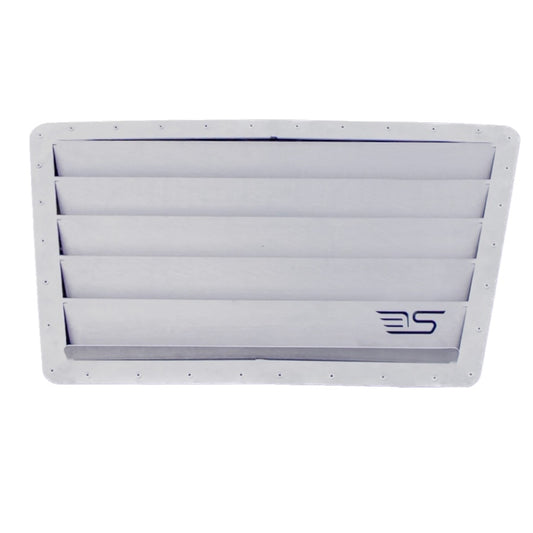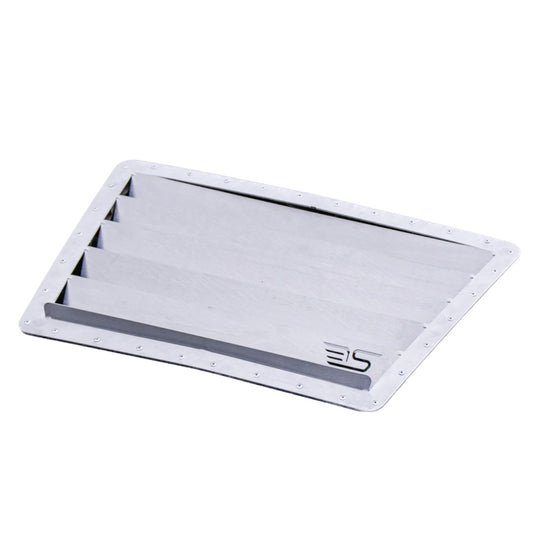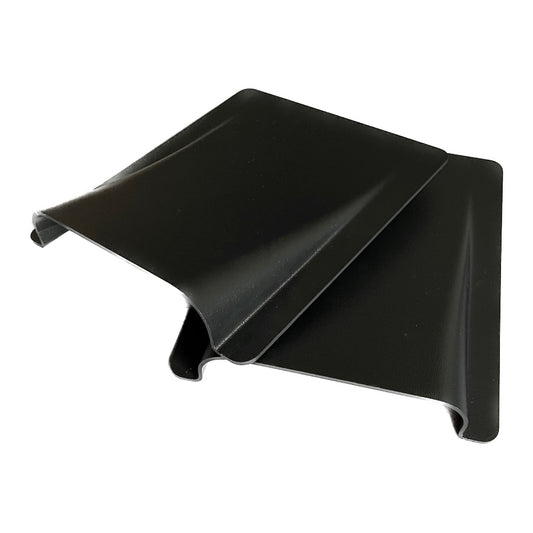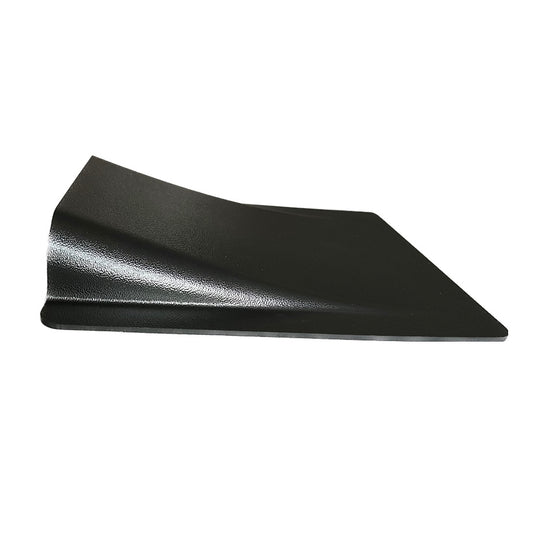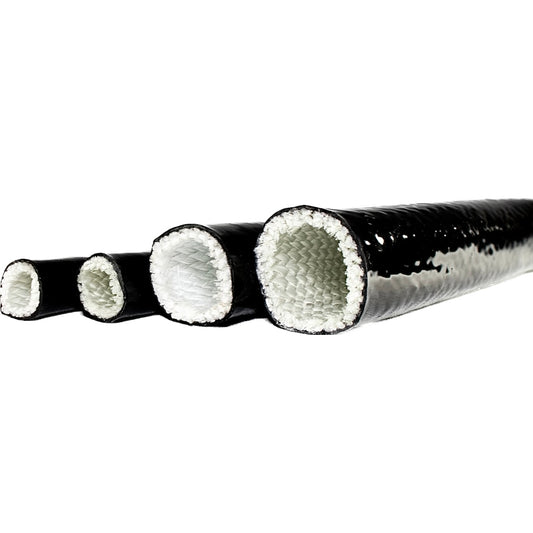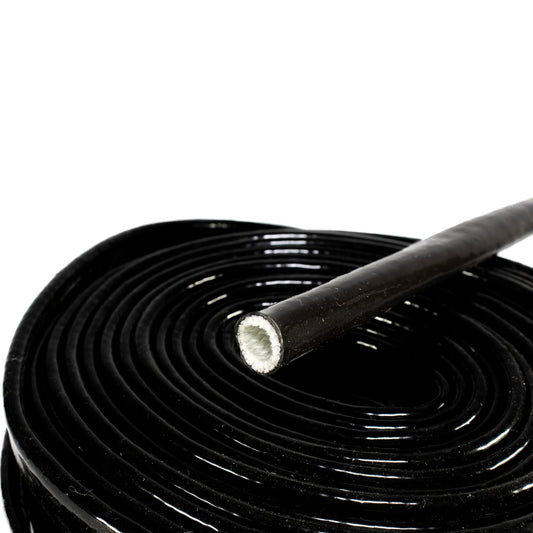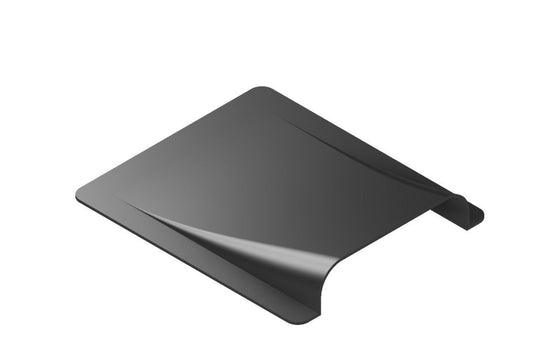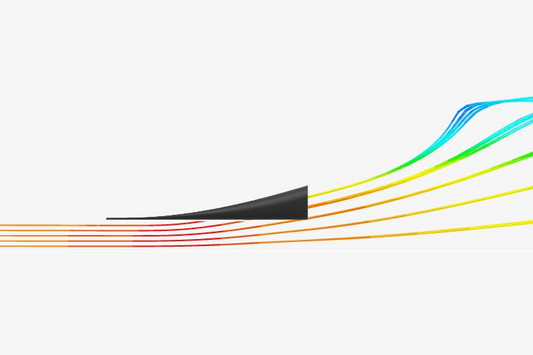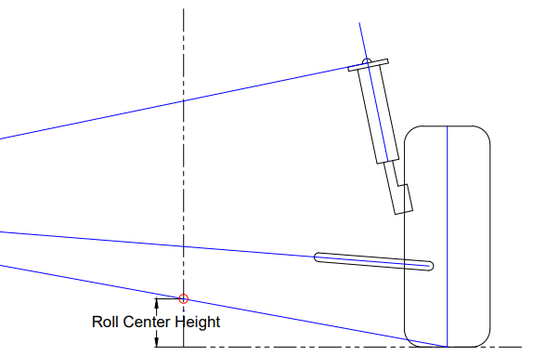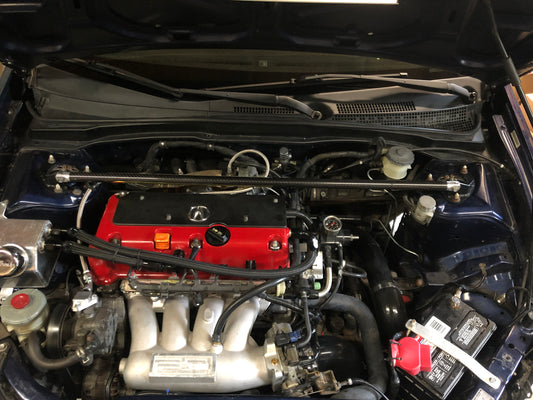Why are Splitter Tunnels and Difusers Used?
In the high-stakes world of time attack racing, where each fraction of a second holds significance, the pursuit of aerodynamic excellence is relentless. Among the arsenal of tools available to racing enthusiasts, splitter tunnels and underbody aerodynamics have emerged as game-changers, promising enhanced performance and improved lap times. This article delves into the world of splitter tunnels and underbody aerodynamics in time attack racing, providing a comprehensive overview of the benefits and considerations that come with integrating these aerodynamic marvels into high-speed setups.
Understanding Time Attack Racing
Time attack racing is the epitome of precision and speed, challenging drivers to clock the fastest lap times on a closed circuit. Unlike wheel-to-wheel racing, time attack focuses on individual lap times, pushing drivers and their machines to the limits of performance. In this pursuit of speed, aerodynamics play a pivotal role, making the integration of splitter tunnels and underbody aerodynamics a strategic choice for those aiming to shave crucial seconds off their lap records.
The Benefits of Splitter Tunnels and Underbody Aerodynamics in Time Attack Racing
1. Precision Aerodynamics:
Splitter tunnels, coupled with underbody aerodynamics, offer a level of precision that is crucial for time attack racing. By strategically manipulating airflow beneath the car, these features contribute to front downforce, enhancing traction and stability during high-speed cornering – a vital factor in achieving record-breaking lap times.
2. Tailored Adjustability:
One of the standout advantages of splitter tunnels and underbody aerodynamics in time attack setups is their adjustable nature. Racing teams can fine-tune the dimensions and angles of the tunnels to suit the characteristics of different tracks and optimize performance. This adaptability ensures that the aerodynamic package remains finely tuned for each unique racing scenario.
3. Lap Time Reduction:
The primary goal in time attack racing is to minimize lap times, and splitter tunnels, along with optimized underbody aerodynamics, play a significant role in achieving this objective. By generating front downforce and optimizing aerodynamic balance, these features contribute to improved grip and faster cornering speeds, directly translating to reduced lap times.
4. Competitive Edge:
In a sport where victory is often measured in fractions of a second, gaining a competitive edge is paramount. Racing teams that effectively integrate splitter tunnels and underbody aerodynamics into their time attack setups gain a technological advantage, putting them ahead of the competition in the quest for the podium.
Considerations in Integrating Splitter Tunnels and Underbody Aerodynamics for Time Attack Racing
1. Track-Specific Tuning:
The nature of time attack racing often involves competing on various tracks with different layouts and characteristics. Racing teams must consider track-specific tuning of splitter tunnels and underbody aerodynamics to optimize performance for each circuit, ensuring a well-balanced and efficient setup.
2. Weight and Balance:
While the benefits of front downforce are undeniable, racing teams must carefully manage the weight and balance implications of splitter tunnels and underbody aerodynamics. Striking the right balance between downforce and overall weight is crucial for maintaining the agility and responsiveness required in time attack racing.
3. Regulatory Compliance:
Different racing series and events may have specific regulations regarding aerodynamic modifications. Racing teams must ensure that their splitter tunnel and underbody aerodynamic setups comply with the rules and guidelines of the competitions in which they participate, avoiding potential penalties or disqualifications.
4. Driver Feedback:
The integration of splitter tunnels and underbody aerodynamics should be a collaborative effort between engineers and drivers. Collecting feedback from experienced drivers is essential in fine-tuning the aerodynamic setup to match the driving preferences and style of the racer, ultimately optimizing performance on the track.
Conclusion
In the fast-paced world of time attack racing, splitter tunnels and underbody aerodynamics emerge as formidable allies in the quest for speed and precision. The benefits they bring – from precision aerodynamics and tailored adjustability to lap time reduction and a competitive edge – make them indispensable tools for racing enthusiasts. However, the considerations of track-specific tuning, weight and balance, regulatory compliance, and driver feedback add a layer of complexity to the integration process. Navigating the world of splitter tunnels and underbody aerodynamics in time attack racing requires a strategic approach, where every adjustment contributes to the pursuit of efficient frontiers and the quest for record-breaking lap times.

